In the late 1990s and early 2000s I taught small-boat seamanship classes under sail at WoodenBoat School in Brooklin, Maine. For the most part, we sailed within a sheltered cove with an occasional voyage around some not-too-distant islands. At no point were we out of sight of land or, indeed, more than a few hundred yards from shore. Our boats were Herreshoff and Haven 12-1/2s, each equipped with sails, paddle, chart, anchor, and compass.
I had come to Maine from southwest England, an area known for its rain and wind. Those of us who sailed small open boats there were well practiced in reefing, but we rarely had to navigate by chart and compass. I don’t remember ever carrying a compass except for the few times we were sailing offshore or at night. We did, of course, have the occasional foggy day, but it was always well forecast and when it came, it hung around, socked in for the day. We simply stayed home. Maine, I quickly realized, was different. Here, on a bright summer day, a fog bank could roll in and overtake me with alarming speed. Within minutes I could go from full visibility to a few feet. Even more confusing, I could be sitting in full fog yet still see blue sky above. I understood why all the school’s sailboats had compasses.
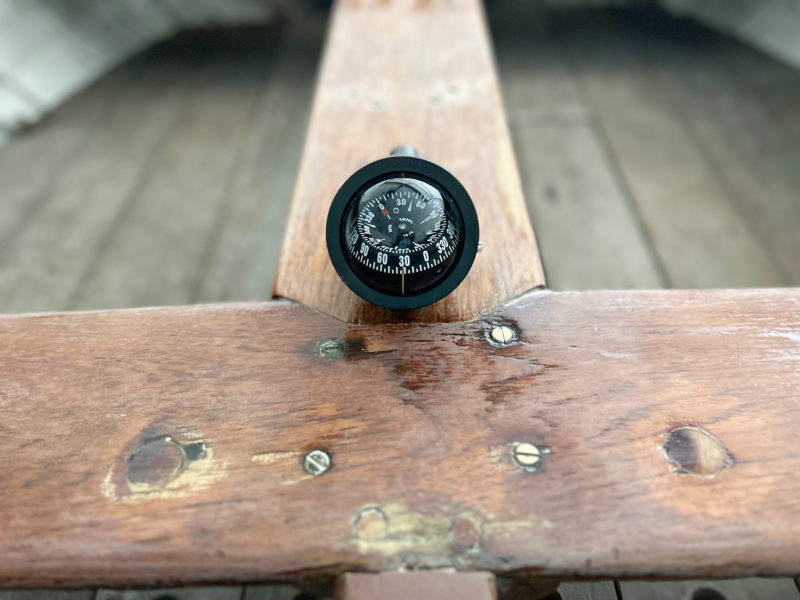 Photographs by the author
Photographs by the authorMounted on the aft end of a centerboard case the compass is conveniently placed for use as a steering compass and easily to hand if needed to take a bearing. The underside of the bowl has a flat area that allows the compass to lie flush with the surface beneath it.
While most of the boats had small bulkhead-mounted steering compasses, one or two had handheld compasses that had to be retrieved from a locker and so were seldom used. One boat had a compass that hung in a simple bracket mounted on the forward bulkhead and could be removed to be used as a handheld bearing compass.
I came to love that compass and determined to buy one for myself. I researched the product number and details only to discover that it was no longer on the market. Through the ensuing 20 years I have, from time to time, half-heartedly looked online for my compass.
Last month I found it. It was not the same brand, but in all other respects it appeared to be identical. I ordered one immediately.
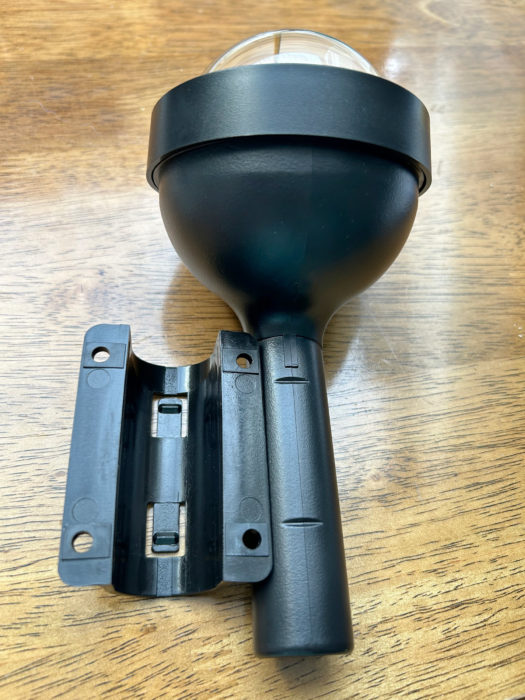
The central strip in the bracket has a slight flex. When the compass is slid into the sleeve two tabs on the bracket snap into grooves in the compass handle and hold it securely, but not so tight that the compass cannot be pulled out of the bracket one-handed and with just a slight tug.
The Silva 70UN measures 7″ from the top of the bowl to the bottom of the handle, and the outside case around the bowl has a 3 1⁄2″ diameter. It is waterproof and floats semi-submerged horizontally. It comes with a bracket and four brass mounting screws. (Additional brackets are available if there’s a need for more than one fixed location.) The compass can be mounted at any angle, even upside down, and read from the side or the top. As a steering compass, it must be mounted parallel to the plane of the boat’s centerline, either horizontally on a flat surface such as a thwart or centerboard case, or suspended from a cabin-top, or vertically on any bulkhead or other fixed upright.
Once the bracket is fitted, the handle of the compass is slid into it and held stable, prevented from jumping out by a subtle plastic snap within the face of the bracket that aligns with shallow 3⁄8″-long grooves in the compass handle. If the bracket is mounted so the compass can be seen from the helm, head-on with the curved front and back lubber lines overlapped, it can be used as a steering compass and, thanks to the large digits, is easy to read.
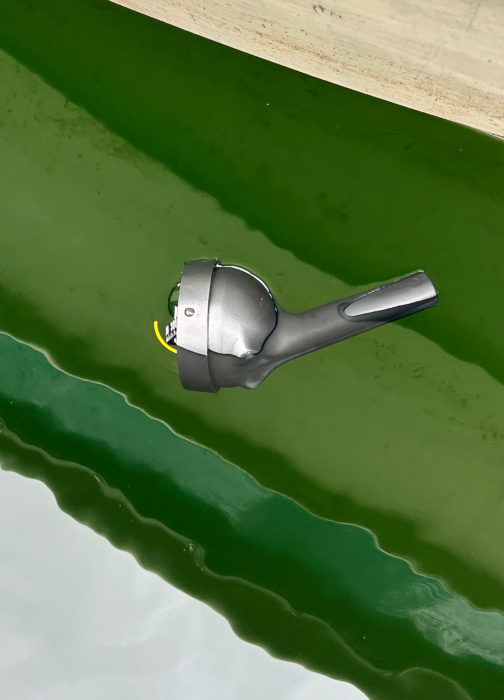
The compass is fully waterproof and floats. The case of the illuminated 70UNE is white, which might be easier to see if it’s dropped overboard.
For taking sights, the compass is quickly detached from the bracket. It can be lifted out with just a little force; only one hand is needed. The ergonomic shape and plastic’s matte finish make it comfortable in the hand. There are two scales: a main steering scale on the horizontal face of the compass card and a direct reading scale on the vertical edge. Both are marked in five-degree increments, with each 30-degree angle numbered: 0°, 30°, 60°, etc.
The manufacturer’s description says that the bowl is made from clear scratch-resistant acrylic and that the “combination of a sapphire jewel bearing, and a hardened steel pivot minimizes friction, which in turn gives rapid and accurate movements.” The damping-fluid-immersed card does not spin. When the compass is mounted, the card will still function with the boat heeled up to 30 degrees. Beyond that, it sticks.
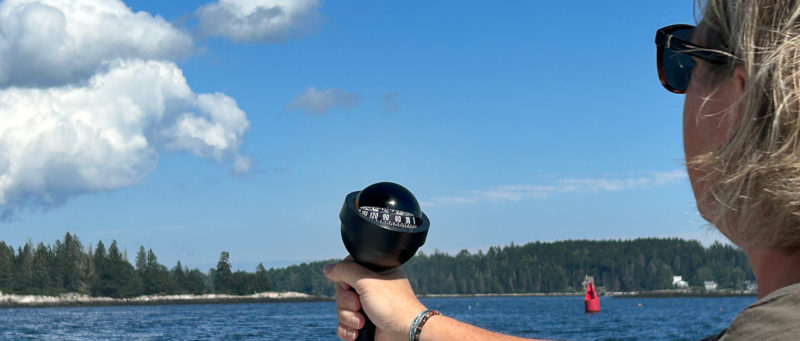
Thanks to its ergonomic design and matte-plastic finish, the Silva 70UN is well balanced and comfortable in the hand making it easy to hold steady when taking bearings.
In the week following delivery of the compass, I used it in various boats, both under sail and power. Weighing just 9 oz, it can be held steady with straight or slightly bent arm and reading the bearings is easy and swift, even in choppy water. Depending on where it is mounted, either scale is used for steering. I read the vertical scale most of the time, but my crew enjoyed being able to lean over from any position in the cockpit to line up the lubber lines and easily read the horizontal face. The compass is also available in a battery-powered illuminated (red light) version, the Silva 70UNE.![]()
Jenny Bennett is managing editor of Small Boats.
The Silva 70UN is available from various online outlets priced from around $110, the Silva 70UNE is priced from around $120; I found my 70UN on Amazon for $107.99, and additional brackets at tridentuk.com priced $13.43 plus shipping.
Is there a product that might be useful for boatbuilding, cruising, or shore-side camping that you’d like us to review? Please email your suggestions.
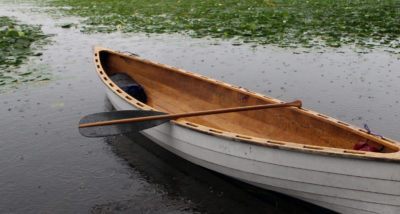

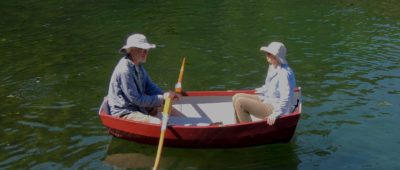
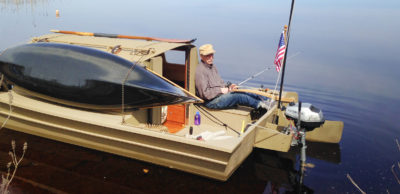
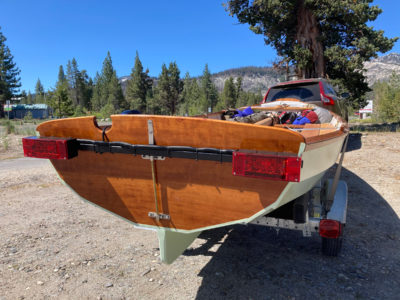
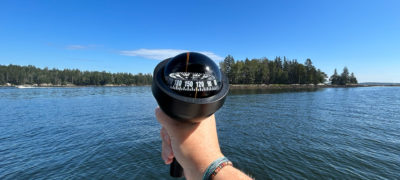
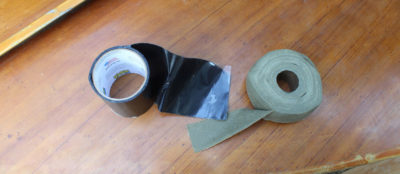
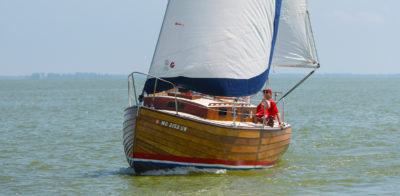
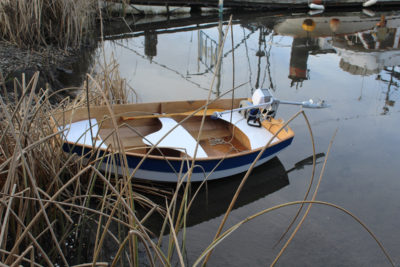
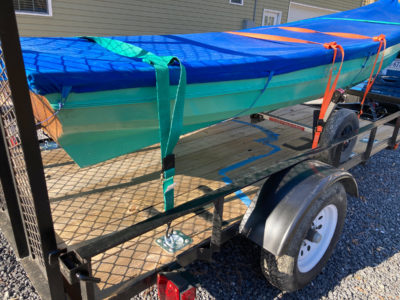
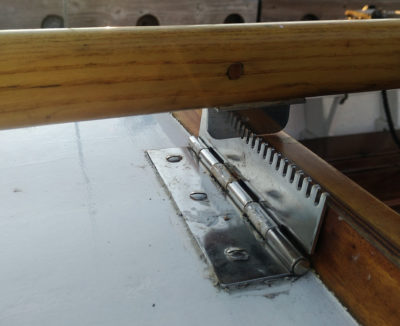
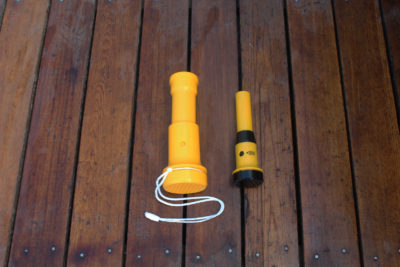
Good article.
For many years, I have used a Plastimo Iris 100 hand-held compass, which has pretty much the same features and very similar configuration as those noted for the compass in the article, including a clip for bulkhead or thwart mounting. I mounted my clip on the aft bulkhead of my sail-and-oar boat to use while facing backwards, rowing. (I had a larger, bulkhead-mounted compass forward for sailing.)
Have had one of these for years. With RAN TAN, which has some space in the daggerboard trunk ahead of the dagerboard, I have a block of wood with a hole in it for the handle of the compass and the wood fits into the trunk. A hole in a thwart or seat works well as a mount. I do have an old sock into which I put the compass when not in use to keep the dome from being scratched, being somewhat cynical about manufacture claims.
I have the same compass in my 17′ Whitehall (traditional lapstrake, wood). I made a removable base that can bungee onto any of my thwarts. This allows me to use one mount and use it in a number of locations as the need arises. When the compass is not in use, I have a neoprene bag to keep it in and protected. Works wonderful as a bearing compass or steering compass. With the “classic wood” base-mount, it really fits with the character of the boat.
I have a much simpler (and cheaper) bearing compass that I take kayaking. The usefulness of this type of compass comes when you find yourself in unfamiliar waters and need to know your location. Sighting one, two, or three prominent landmarks in different directions gives you crossing lines that pinpoint where you are.
If often grouse when I am with a group on an excursion, and everybody prefers to let the “leader” do the navigating. Everyone (in separate boats) should carry a chart, and should take some responsibility for navigating. Groups have been known to get separated, with resulting embarrassing or awkward outcomes. Sometimes the leader doesn’t know what’s going on any more than the followers.
Of course GPS solves all these problems. Until the batteries give out.